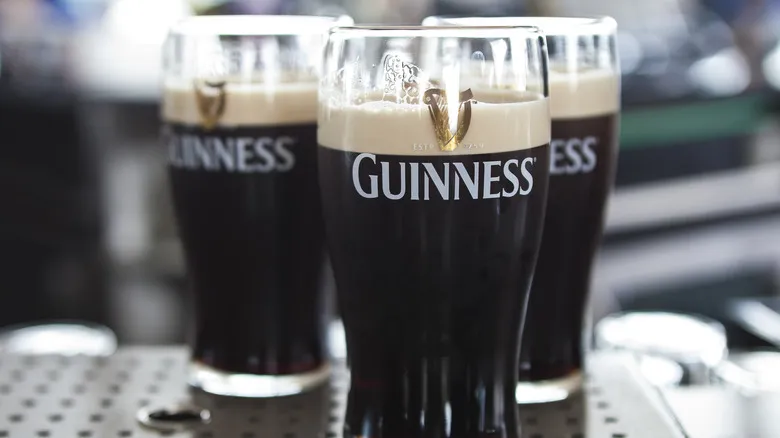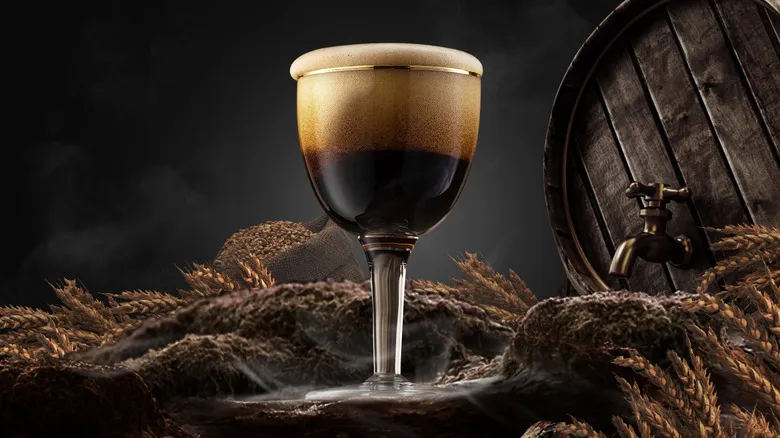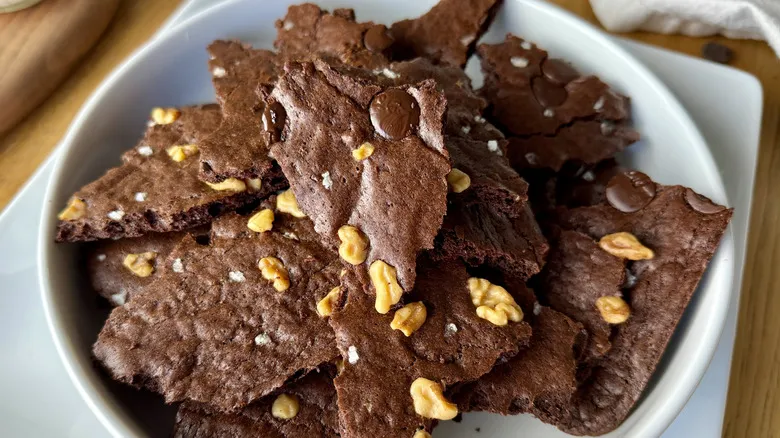Nitro specifics

If you've ever enjoyed a nitrogen-infused beer, you might have noticed a significant difference in the character of the bubbles. This is due to their smaller size and tighter arrangement, which creates a cascading effect. This texture is particularly well-suited for certain types of beers, making it an excellent choice for stouts (with Guinness being one of the most renowned), brown ales, and porters—styles that are less hoppy and more malty, benefiting from a richer, creamier mouthfeel.
In recent years, nitrogen has also been utilized in other beverages, particularly coffee and cocktails. The same principles and advantages apply, imparting a smooth and silky quality to your drink. You can even find nitrogen-infused cans that allow you to enjoy this experience at home with ease.
While carbon dioxide has its many uses—like creating butter that can help the environment or enhancing fried dishes with club soda—don’t overlook the charm of nitro beer. You'll come to appreciate how science enhances the complexity of your brews.
Recommended

For More Flavorful Stews, There's One Type Of Ale You Should Pour In

Martha Stewart's Favorite Way To Drink Wine Involves A Faux Pas

Beer Is The Secret For A More Flavorful Crab Boil

What You Didn't Know About George Washington's Favorite Beer
Next up





